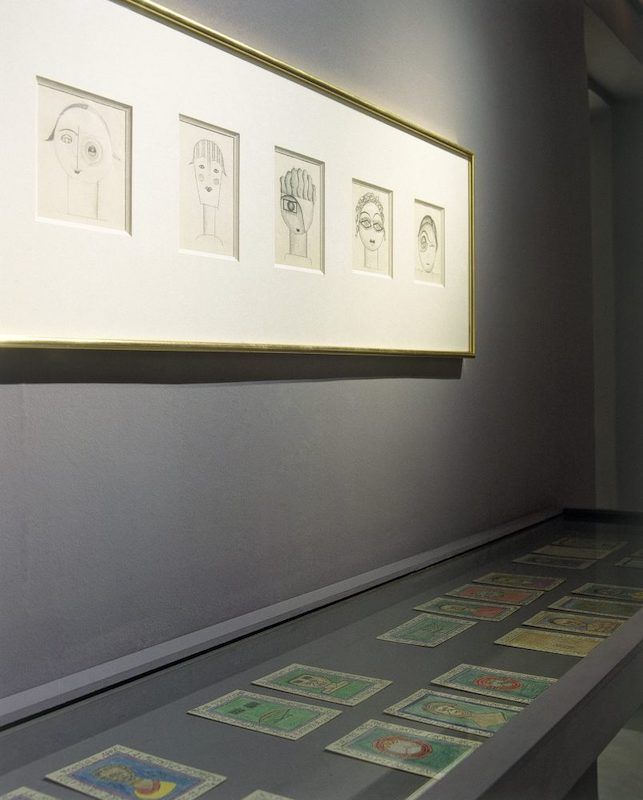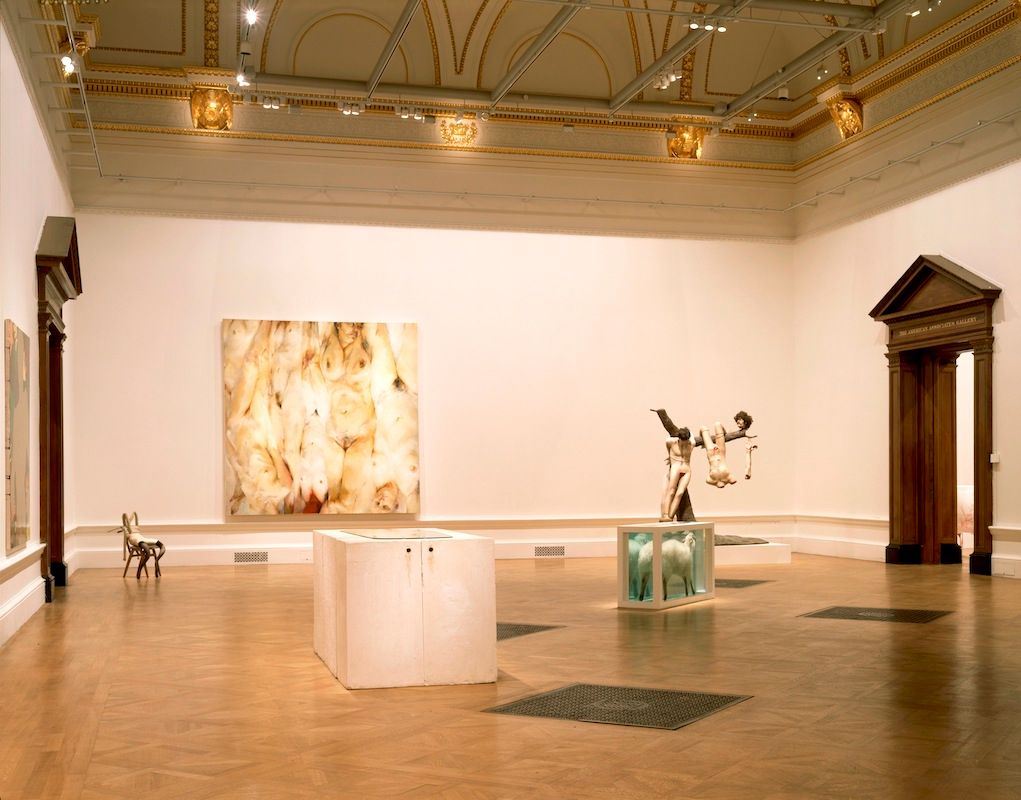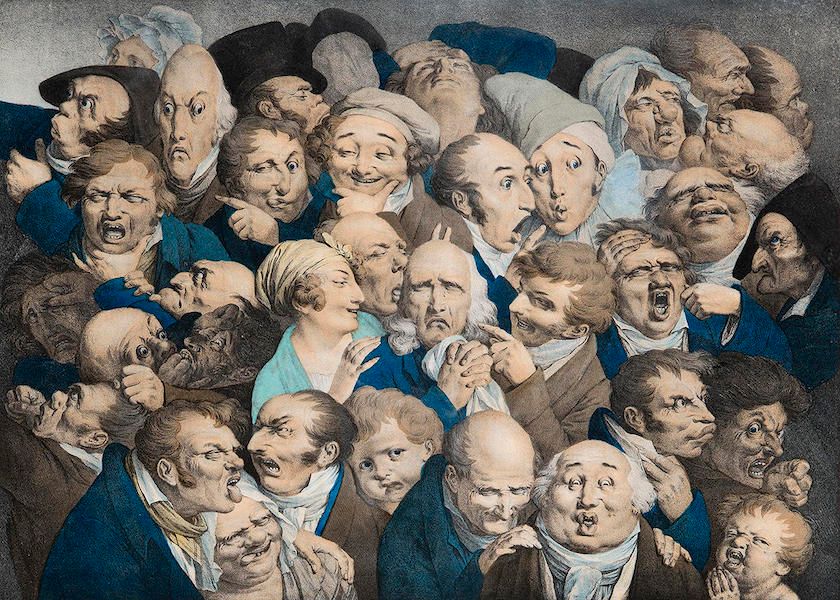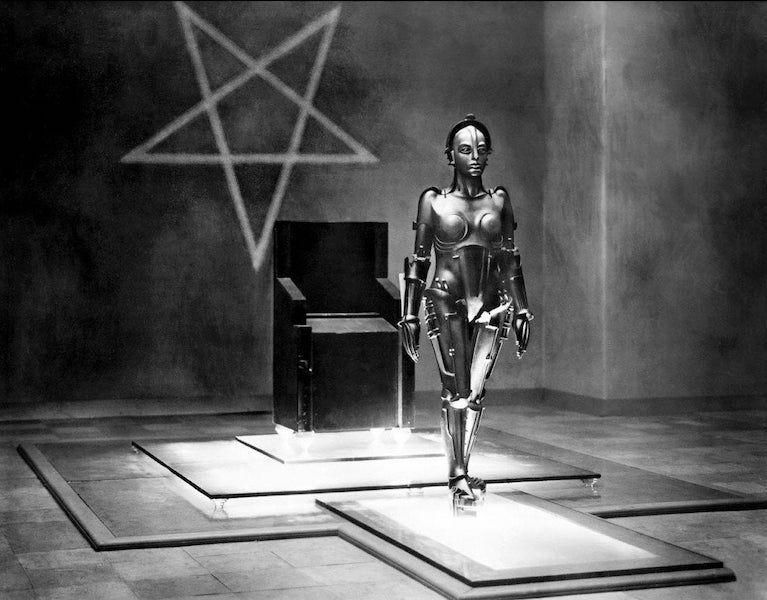Now that museums are closed I feel kind of empty and deprived of some of my lifeblood. And so in a bout of nostalgia I thought I’d list the ten exhibitions, which shaped how I think about art and gave meaning and direction to my life. If there is a constant it is probably an associative, non-hierarchical way of looking at art. According to Jean-Hubert Martin this way of looking at art is typical of how artists approach art.


Energieën/Energies (1990) was a seminal group exhibition at the Stedelijk Museum in Amsterdam, which included works by 16 artists including Bruce Nauman, Sigmar Polke, Rem Koolhaas, Issey Miyake, Anselm Kiefer, Robert Wilson, Jenny Holzer, Jeff Koons and Cindy Sherman. Each artist had been given a single room. The exhibition design by Anthon Beeke was quite spectacular. I remember that you had to take of your shoes to enter the Issey Miyake room. Some of the artists included in the show are still among my favourite artists. Even though I had already visited all art museums in The Netherlands I consider this my entrance into the world of contemporary art, design, fashion and architecture.



Peter Greenaway: The Physical Self (1991). In 1991 the Boijmans-Van Beuningen Museum in Rotterdam gave carte blanche to Peter Greenaway to curate an exhibition. The result was The Physical Self, an inquiry into the human body, its functions and mechanisms, across time.
The exhibition is best known for including nude models of various ages and body types who were standing, sitting or lying in the classic poses of a painter’s model inside a glass case. But what I remember most is the original and highly theatrical exhibition design. Artworks and artifacts from the museum’s entire collection, which stretches from the Middle Ages to the present and which also includes industrial design, were arranged in an associative rather than historical manner. A black and white photo of a hand by John Coplans was displayed against the backdrop of a wall of gloves. A sculpture of a figure on a horse was presented next to a number of bicycles. Magritte’s The Red Model, a painting of boots in the shape of feet, was displayed against a backdrop of shoes above a sculpture of steel floor plates by Carl Andre. To get close to the painting you had to walk on the steel plates, which was Andre’s intention, but which most visitors are hesitant to do. The exhibition ended at the toilets with a work by Claes Oldenburgh.
I was there at the opening. A few weeks before it closed I went to see it again early in the morning and had the entire exhibition almost to myself. It still sends shivers down my spine when I think back to it. Like Energieën, Portrait Still Life Landscape and Memories of the Blind this was a defining moment in my life.
Robert Wilson: Portrait Still Life Landscape (1993). In 1993 the Boijmans-Van Beuningen Museum invited Robert Wilson to curate an exhibition. The exhibition consisted of three sections, Portrait, Still Life and Landscape. In Portrait objects from the museum’s collection were displayed behind chicken wire on ceiling high industrial shelves. Oddly, I now use the same galvanized steel storage system as bookshelves. Still Life consisted of ten rooms in which different objects were brought together in a theatrical scene. A sculpture by Rodin stood on a floor covered with leaves, Landscape with a girl skipping by Salvador Dali was displayed in a sand filled room, while three of Donald Judd’s galvanized steel boxes were displayed behind a 19th century lace scarf. Landscape was almost a show with seats, a soundscape and changing lights that lasted about five minutes or so except that it featured Degas’ dancer and some lizard sculptures.
At the time both exhibitions by Peter Greenaway and Robert Wilson were criticized because they subjected the works on show to an authorial vision. But the same can be said of standard chronological presentations. Furthermore, the absence of information about a work is an invitation to take a close look at the object on display and not the name of the artist and the title.



Mémoires d’aveugle. L’autoportrait et autres ruines (1990-91) was a small but intriguing exhibition at the Louvre curated by Jacques Derrida. Derrida presented a close-reading of a number of paintings and drawings around the themes of vision, blindness and self-representation and their relation to painting and drawing. As Derrida argues, drawing is itself “blind”: as an act rooted in memory and anticipation, drawing necessarily replaces one kind of seeing (direct) with another (mediated). The exhibition and the accompanying catalogue were a real eye-opener. The signed copy of the catalogue with a dedication by Jacques Derrida is one of my most cherished possessions.



À Visage Découvert (1992) and Azur (1993) were group shows at the Fondation Cartier in Jouy-en-Josas on the outskirts of Paris, which is where it was located before it moved to the premises designed by Jean Nouvel at Boulevard Raspail. Both exhibitions included an eclectic mix of artworks and artifacts from around the world exploring the face, as opposed to the portrait, in the case of À Visage Découvert and the infinite and the absolute in the case of Azur. Both exhibitions were an invitation to look for similarities and differences and to reflect on the theme of the exhibition.



Gerhard Richter Peinture|Painting, Musée d'Art Moderne de la Ville de Paris (1993). At the time this was the largest retrospective of Richter's work to date. In the years since I have visited various other retrospectives and gallery shows of his work and I own a number of catalogues. I once had the privilege of exchanging a few words with him at a gallery opening. I love Richter's abstract paintings, but what attracts me in his body of work is the fact that he paints both figurative and abstract paintings and paintings that blur the boundary between figurative and abstract. I often find myself taking a photo and then realizing afterwards that Richter made a painting of a similar scene.


Sensation. Young British Artists from the Saatchi Collection (1997) was a sensation. It was a kick in the butt. Suddenly contemporary art was cool and fashionable. Most of the artists included in the show have since fallen into oblivion, while a few others have risen to fame, but at the time it all felt fresh and invigorating. I remember sensing a strong Just do it atmosphere. While others, myself included, were pondering what to do, these artists just did it.



L’âme au corps. Arts et sciences 1793-1993 (1993) was a landmark exhibition at the Grand Palais. Focusing on representations of the human body it explored the interconnections between science and the visual arts from the 18th century to the present. The exhibition thus brought together my passion for art and my interest in science. Years later I would return to some of the works I had seen in this show in my PhD thesis about Dance, Aesthetics and the Brain.

La Ville. Art et Architecture en Europe 1870-1993 (1993) was another landmark exhibition which covered the entire fifth floor of the Centre Pompidou. It ended, appropriately, with a view over Paris. It brought together paintings, architectural drawings and historical documents, which showed how artists and architects envisioned the city. Architecture and urbanism have long been one of my main side interests.
I have seen many other great exhibitions such as Icons of Modern Art: The Shchukin Collection (2016), the Friedrich Christian Flick Collection (2004), Anschool by Thomas Hirschhorn, the first large scale retrospective of Berlinde de Bruyckere, Content by Rem Koolhaas, Beauty and Waste in the Architecture of Herzog & De Meuron and many many more. But this is a list of the exhibitions that influenced me, not a list of the best exhibitions I've ever seen.
All exhibitions are from the 90s and the list therefore seems to reinforce the notion that the most influential events occur in your adolescence and twenties. In my case this is only partially true. I first travelled to California, Utah and Asia in the next decade and it wasn't until 2013 that I made my first glacier walk and took up hiking in earnest.